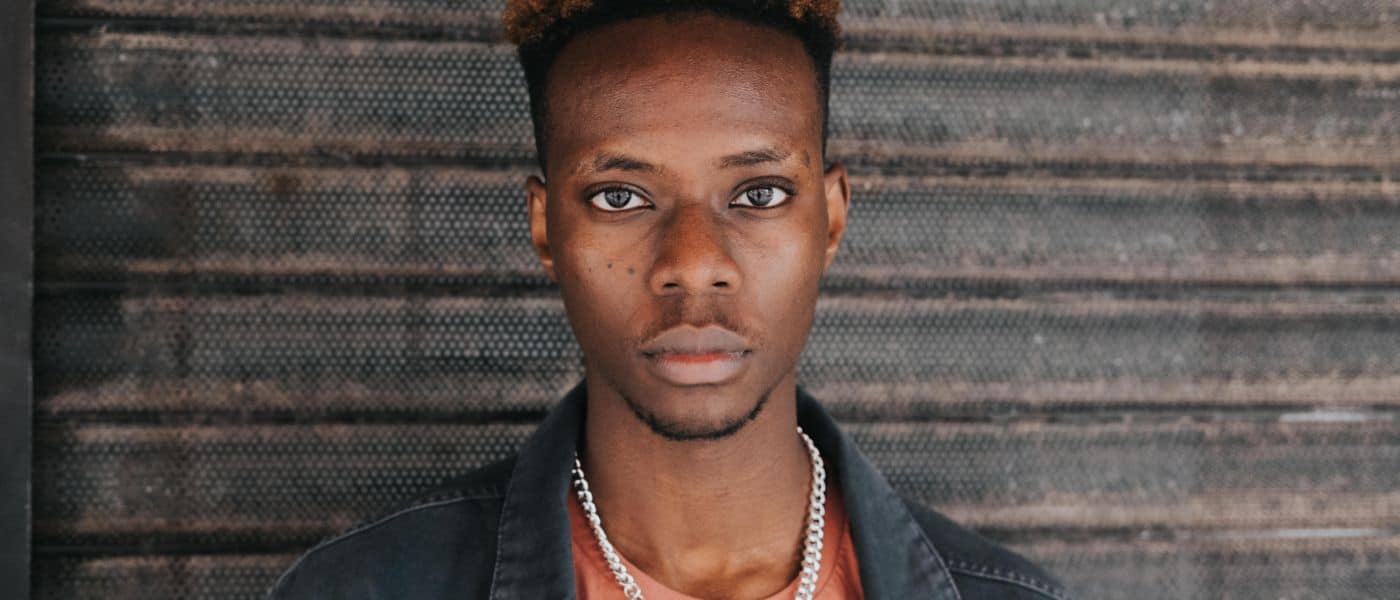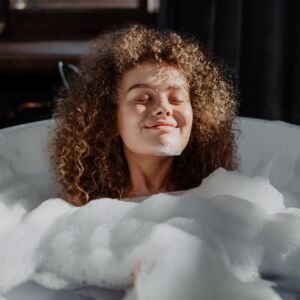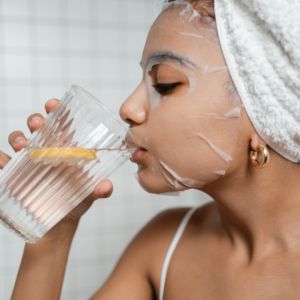Do you have a teenager in your life who is struggling with oily skin, blackheads or breakouts? Read below to discover my Dermatologist-approved tips for teenage skin.
What age do boys and girls typically hit puberty? How does this affect their skin?
The average age for girls to begin puberty is 11, while for boys the average age is 12. Sebum (oil) production starts to pick up around this time and one of the most common complaints I hear from teenage patients is that they are self-conscious about visible pores or blackheads, especially on the nose. Blackheads are essentially a mixture of excess oil and dead skin cells which get trapped in the pores. Exposure to air causes them to oxidise and turn black giving them their characteristic appearance.
85% of teenagers will experience some form of acne at one time or another and I try to reassure my patients that they are not alone. Nonetheless, it should not be considered a rite of passage that everyone has to go through regardless of the severity.
What steps should parents consider telling their children to adopt?
Establishing a skincare routine and teaching teens how to look after their skin is important, both for skin health and for self-esteem. I usually suggest the following tips for those who want to try something over the counter before seeing a doctor:
1. Wash your face morning and evening with a mild cleanser, such as Cetaphil Gentle Skin Cleanser. For those with very oily skin, foaming cleansers like Bioderma Sebium Purifying Cleansing Gel or salicylic acid-containing cleansers like Garnier Pure Active Intensive Anti-Blackhead Charcoal Gel Wash and Neutrogena Visibly Clear Spot Clearing Facial Wash can be used in the morning instead.
2. Blackheads and acne are not because you are dirty so scrubbing too hard, or using harsh exfoliators, is not particularly helpful and may actually increase inflammation.
3. Apply a sun protection moisturiser after cleansing in the morning. Acne blemishes can leave dark marks on the skin if not properly protected from the UV rays in sunlight. Choose a broad spectrum product with SPF30 or higher e.g. La Roche-Posay Anthelios or Garnier Ambre Solaire Anti-Imperfection sun cream. Always check the label for the words ‘non-comedogenic’ which means the product is less likely to block the pores.
4. There are some really good products for concealing acne blemishes and improving self-consciousness e.g. Vichy Dermablend Corrector Stick. Mineral make-up containing zinc oxide or titanium dioxide is great for absorbing excess oil and camouflaging redness. I like the range from Bare Minerals.
5. In the evenings, a targeted bacteria-zapping gel like benzoyl peroxide e.g. Acnecide or a pore unblocking agent containing salicylic acid e.g. La Roche-Posay Effaclar Duo can be applied to affected areas after cleansing.
6. Follow with a light moisturiser, such as La Roche-Posay Toleriane Fluide or Effaclar H. Moisturiser makes it easier to tolerate the treatment creams in the previous step which may otherwise cause dryness and peeling. Again, make sure that moisturisers or any other leave-on products are labelled non-comedogenic.
7. Wash your hair regularly and tie it back away from your face. Greasy hair, or application of hair serums and gels, can cause breakouts on the forehead. Wearing a headband or hat should also be avoided if you are prone to spots around your hairline or on your forehead.
8. Remove sweaty clothes as soon as possible after sport or exercise and cleanse your skin thoroughly. If sweat remains on the skin for prolonged periods, acne-causing bacteria will thrive.
9. For boys who are starting to shave, be careful to avoid nicking any existing spots. Clean the blade regularly, make sure it is sharp and shave in the direction of the hair growth.
10. Try to break the habit of touching your face and, whatever you do, do not squeeze or pick your blackheads. This can introduce infection and may also lead to permanent scarring. Instead, try a pore cleansing face mask once or twice per week, such as Garnier Pure Active Intensive 3 in 1 charcoal mask or The Body Shop tea tree skin clearing clay mask. If this doesn’t help, you could have your blackheads professionally extracted by an experienced beauty therapist under strict hygienic conditions every month or two.
11. It might sound obvious, but change your sheets weekly. This is especially important for your pillowcase where grease can build up over time and rub off on your skin as you sleep.
How does teenage skin differ to adult skin in its ability to react to products etc?
Teenage skin tends to be much greasier than mature skin. It is often less reactive or sensitive as well. This means that teenagers may be better able to tolerate active ingredients like retinoids, benzoyl peroxide and salicylic acid without the same degree of irritation as acne sufferers in their 30s or 40s, for example. Careful instruction on application is helpful at all ages, however!
What should we do if the self-care techniques aren’t working?
If your teen has lots of red and inflamed bumps, dark marks or signs of scarring, or if their skin is starting to impact their self-esteem, then it is definitely worth booking in with a Consultant Dermatologist to get the condition under control definitively.
Acne is one of my favourite conditions to treat as I suffered with it myself for so many years. If you or your teen would like some non-judgmental help and advice, safely combining prescription treatment with a tailored skincare routine, I’d be delighted to get your skin looking it’s very best!
© 2018 Dr Justine Kluk. Any redistribution or reproduction of part or all of the contents of this post in any form is prohibited. You may not, except with our express written permission, copy, distribute or commercially exploit the content. Nor may you transmit it or store it in any other website or other form of electronic retrieval system.






